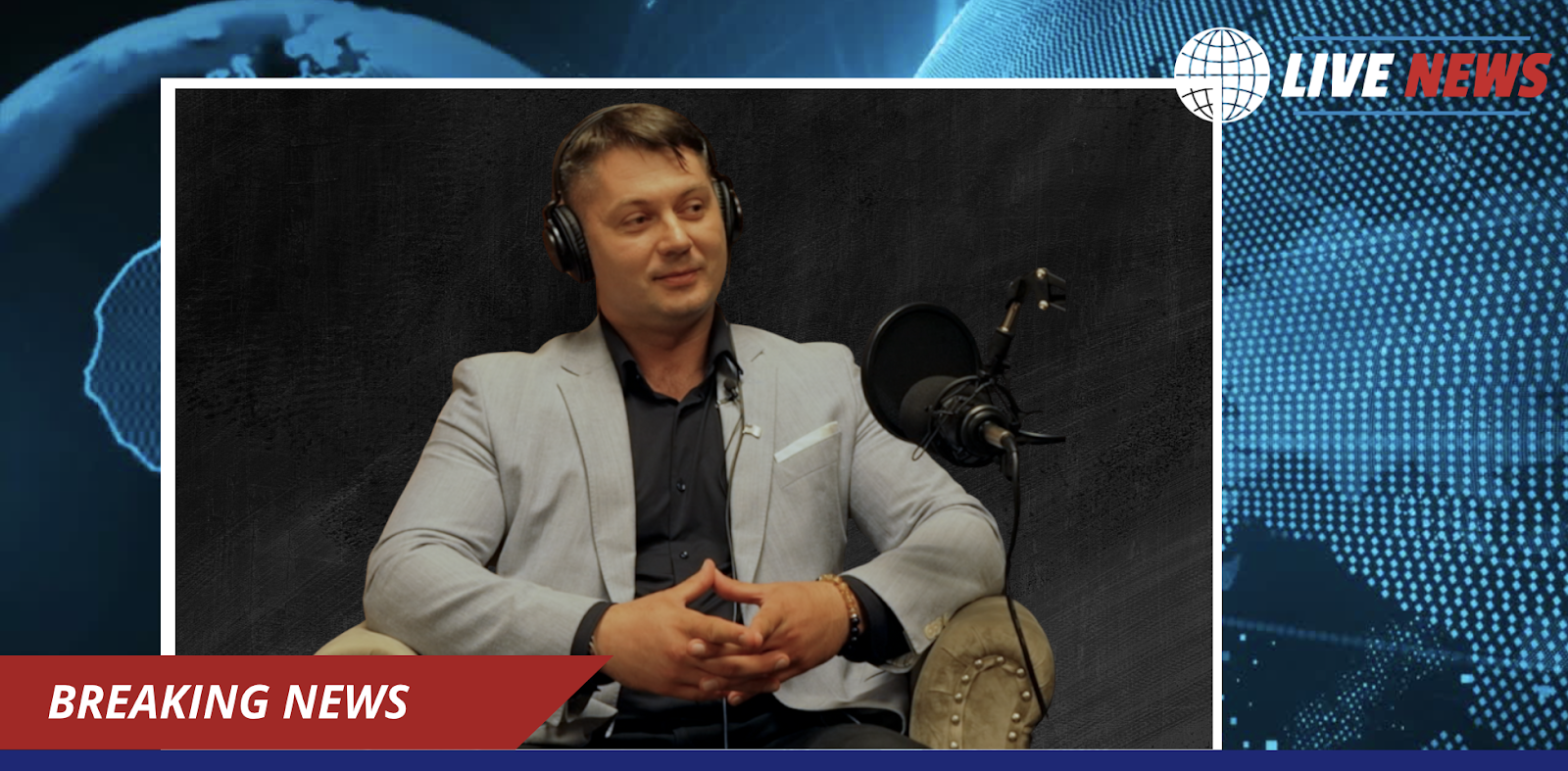Film editing is an essential part of storytelling, shaping the final narrative and emotional impact of a movie. Over the years, editing technology has undergone significant transformation, evolving from manual techniques to sophisticated digital systems. This evolution has not only changed the workflow for editors but also expanded the creative possibilities in filmmaking. Exploring how film editing technology has developed over time reveals the intersection of art and innovation in cinema.
Read also: The Language of Film: How Cuts Create Continuity
From Manual Cutting to Digital Technology
In the earliest days of cinema, film editing was a hands-on, physical process. Editors worked with actual film strips, manually cutting and splicing pieces together using razor blades and tape. This painstaking method required precision and patience, as any mistake could damage valuable footage.
Despite its labor-intensive nature, manual editing gave editors a tangible connection to the material. Every cut was deliberate, and the tactile experience influenced the rhythm and style of editing. However, this method was limited by the physical constraints of film and the time required for assembling sequences.
The introduction of digital technology revolutionized this process. Digital editing software replaced physical film strips with computer files, allowing editors to manipulate footage non-destructively. This shift increased efficiency, flexibility, and experimentation, enabling editors to try different cuts and effects without risking original content.
The Influence of Computer Software on the Editing Process
Computer software has dramatically changed how films are edited. Programs like Avid Media Composer, Adobe Premiere Pro, and Final Cut Pro offer powerful tools for arranging clips, adjusting color, adding transitions, and syncing sound. These platforms provide intuitive interfaces that streamline complex tasks.
Digital editing software also supports collaboration by allowing multiple editors, sound designers, and visual effects artists to work simultaneously on a project. Cloud storage and file sharing have further enhanced this collaborative potential, enabling teams across the globe to contribute seamlessly.
Automation features and plugins extend the creative toolkit. For example, color grading tools help establish mood, while motion graphics add dynamic visual elements. Editors can also integrate CGI and special effects more easily, pushing the boundaries of what’s possible in storytelling.
The Pros and Cons of Digital Editing vs. Traditional Methods
While digital editing offers numerous advantages, it also presents unique challenges. The speed and flexibility of digital tools allow editors to experiment and iterate quickly, fostering creativity. Undo functions and easy rearrangements reduce the fear of making mistakes, encouraging innovation.
However, some argue that digital editing can lead to over-editing or loss of the deliberate pacing found in traditional film editing. The ease of making changes might tempt editors to rely on quick fixes rather than thoughtful decisions. Additionally, the abundance of options and effects can sometimes overwhelm and distract from storytelling.
On the other hand, traditional editing demanded a strong sense of planning and intuition due to its irreversible nature. The physicality of cutting film encouraged editors to be more intentional with each decision. Some filmmakers and editors still appreciate the craftsmanship and discipline of manual editing techniques.
How New Technology Has Transformed Creative Potential
Advancements in editing technology have expanded creative possibilities. Non-linear editing systems allow for complex story structures, flashbacks, and multi-layered narratives to be constructed and refined with ease. Editors can experiment with timing, pacing, and sequencing in ways that were previously impractical.
High-resolution footage and digital effects can be seamlessly integrated, enhancing visual storytelling. Virtual reality and 360-degree videos represent the latest frontier, requiring new approaches to editing that immerse viewers fully.
Artificial intelligence and machine learning are beginning to influence editing workflows by automating routine tasks like organizing footage or suggesting cuts. These innovations free editors to focus more on the artistic aspects of their craft.
Read also: Three Criteria for Making a Cut in Video Editing
The Ongoing Journey of Film Editing Technology
Film editing technology has come a long way from manual cutting to digital mastery. Each stage of evolution has brought new tools that enhance efficiency, collaboration, and creativity. The transformation has empowered editors to tell more complex and compelling stories.
Yet, the core of film editing—the art of crafting narratives that engage and move audiences—remains unchanged. As technology advances, editors continue to navigate the intersection of innovation and artistry, ensuring that the magic of cinema endures.








